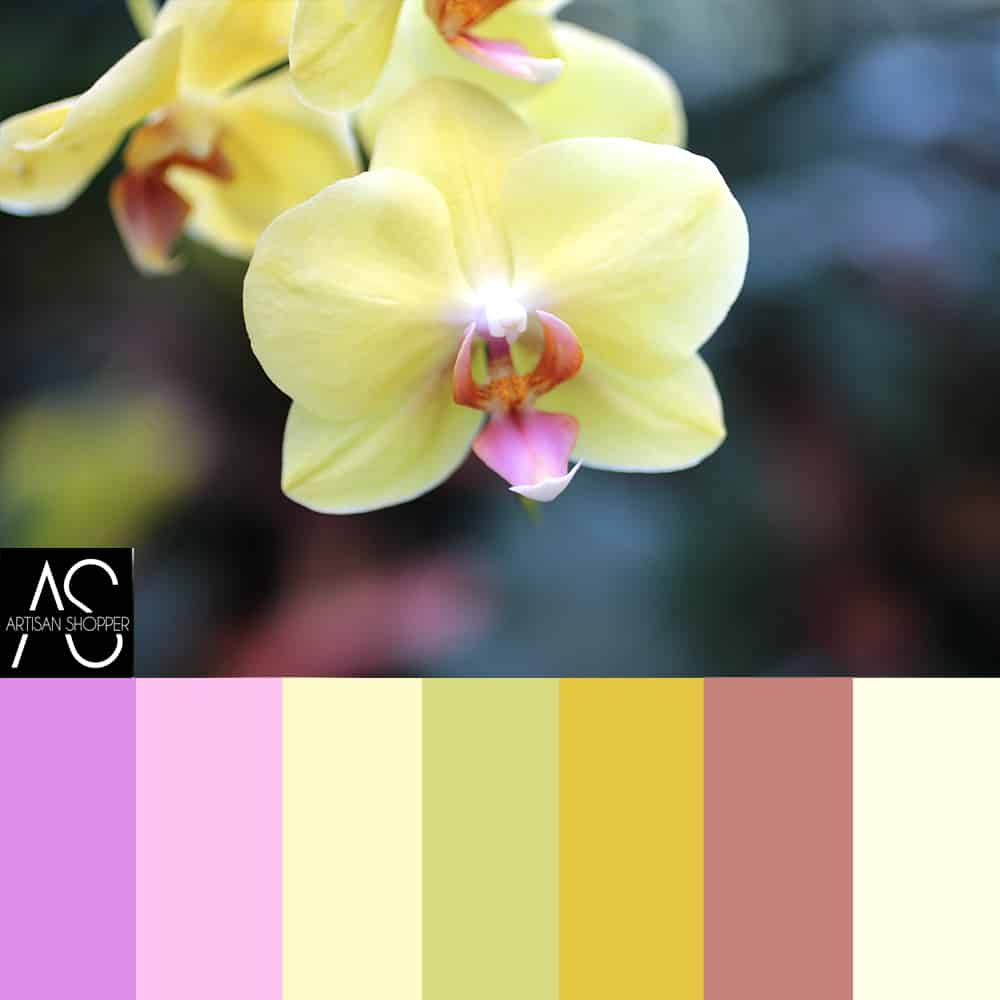Layering and collage are fun techniques that you can use to make mixed media journals or photo albums.
A lot of mixed media artists do collages for wall art or other larger artwork, but you can also make junk journal pages for your own family photos and personal diaries.
I asked Cindy, owner of The Scrapologist, to tell us a little about how to make visually-pleasing artwork using collage and layering techniques, so thanks to Cindy for this article!

Table of Contents
- Begin with basics: Unity and theme in creative projects.
- Colors that sing together
- Embrace the Rule of Thirds
- Creating Layered Clusters – An example using the above techniques.
- Freedom in Creativity
- Material ideas for junk journals and mixed media art journals.
- Conclusion
Some of the links in this article are affiliate links that will pay a small commission if they’re used to purchase something. To see the entire affiliate policy click here.
Hi there, fellow junk journal enthusiasts!
I know that many of you struggle with adding layering and collage on your ephemera projects and art journal pages.
It’s a lot easier than you think if you use some simple tips like the photographer’s “Rule of Thirds”.
Layering and collage work can be so much fun because you can combine various elements, different mediums, textures, and colors to create a beautiful piece of ephemera.
Let’s dive in and explore the art of layering and collage!

Begin with basics: Unity and theme in creative projects.
Sometimes it is essential to start with a few basic principles to avoid feeling overwhelmed by so many different things that you could be doing with so many mixed media techniques.
Just like when I was learned music theory before being able to improvise on the piano, understanding the foundations of art can be beneficial, and can help you make good choices for the best ways to tackle a blank page.
Let’s begin with the concept of unity.
When creating a collage on a new page, you can achieve unity by ensuring that all the elements share a common theme.
Whether it’s vintage, nature, or people, sticking to a theme helps tie everything on a single page together harmoniously.

Colors that sing together
Another way to achieve unity is through color.
Consider organizing your elements based on a particular color palette.
Whether it’s bright colors on dark backgrounds, or neutral colors on old book pages, it’s an exciting challenge to experiment with different colors and see how they interact.
It’s an exciting challenge to experiment with different colors and see how they interact.
Eventually, you will develop an eye for colors that work well together to create interesting positive and negative space, and that can lead to amazing results in your collages.

Embrace the Rule of Thirds
While we’re talking about composition, let’s introduce the “Rule of Thirds,” a concept borrowed from photography.
Photographers have a lot of amazing guidelines and tools that they use for composition, and the Rule of Thirds will help you to not have to spend too much time trying to figure out what works well in visual art.
If this is a new technique for you, take some time to practice with it and see how it works for your junk art journal ideas.
When working on collages, I divide my canvas into a grid of nine equal sections using two horizontal and two vertical lines.
The four intersection points are key areas of interest.
Placing important elements of your collage along these lines or intersection points creates balance and visual harmony.
Remember, it’s more visually pleasing to have elements slightly off-center than placing them right in the middle.
For a more detailed explanation, watch this video:
To see the full Artisan Shopping Directory sections, including signups for discounts, click here.

Creating Layered Clusters – An example using the above techniques.
I started learning these techniques by creating layered clusters.
To start, I like to organize my collage elements by size into separate containers.
For instance, I have one box for larger paper pieces, another for medium elements, and a third for small, fussy-cut elements.
Then, I arrange these elements in groups of three, following the Rule of Thirds concept, to create layered clusters.
The one in the photo above included sheet music and other scraps of paper and dry media with different textures and a similar color palette.
It’s my favorite thing to do while watching YouTube videos or a movie at night!
or a movie at night!

Freedom in Creativity
Once you learn the basics, it’s time to break the rules and experiment with your own creativity!
You can use your own creative ideas that don’t strictly adhere to the Rule of Thirds or any other guidelines.
Sometimes, simple, off-centered placements or even center-focused arrangements have produced my favorite collages.
The most important thing is to enjoy the journey, try new things, and let your personal preferences guide you.
Material ideas for junk journals and mixed media art journals.
You can use a lot of different materials for junk journal pages, including any of the following:
- Old book pages
- Sheet music
- Vintage photographs
- Postcards
- Ticket stubs
- Magazine cutouts
- Maps
- Greeting cards
- Watercolor paper
- Tissue paper
- Fabric scraps
- Lace
- Ribbon
- Burlap
- Tulle
- Buttons
- Embroidery floss
- Keys
- Charms
- Coins
- Feathers
- Beads
- Bottle caps
- Broken jewelry pieces
- Leaves
- Pressed flowers and flower petals
- Acrylic paints
- Watercolor paint
- Ink sprays
- Colored pencils
- Oil pastels
- Gel pens
- Rubber stamps
- Stencils for patterns and texture
- Washi tape
- Paper doilies
- Sequins
- Metallic paints
- Foil sheets
- Metallic markers
- Magazine clippings
- Vintage labels
- Yarn
- Decorative stickers
- Die-cut shapes
The fun and beauty of creating junk journal and mixed media pages is that you can do any combination of materials that interests you.
Following the Rule Of Thirds and the concepts of Unity, Theme, and Color will help guide you toward making beautiful layered pages.
Conclusion
Layering and collage open up a world of possibilities for artistic expression, and let you create a piece of art with only a small amount of money.
By understanding the principles of unity, color, and the Rule of Thirds, you can create embellishments for your art projects easily and they will look balanced.
Don’t shy away from experimenting with different elements and textures.
Trust your instincts and let your imagination and creative juices flow!
Grab those scissors, different types of paper scraps, fabrics, old books, and your creativity, and start crafting your masterpiece today!
Remember, the beauty of art lies not only in the final creation but in the joy of the creative process itself. Happy layering!

Cindy, The Scrapologist ™ has over 40 years’ experience designing and selling custom mini albums, handmade books, as well as other paper products such as junk journals and ephemera. She is absolutely passionate about encouraging you to get your photos off your phones and into albums so they can be preserved for generations to come!
™ has over 40 years’ experience designing and selling custom mini albums, handmade books, as well as other paper products such as junk journals and ephemera. She is absolutely passionate about encouraging you to get your photos off your phones and into albums so they can be preserved for generations to come!
